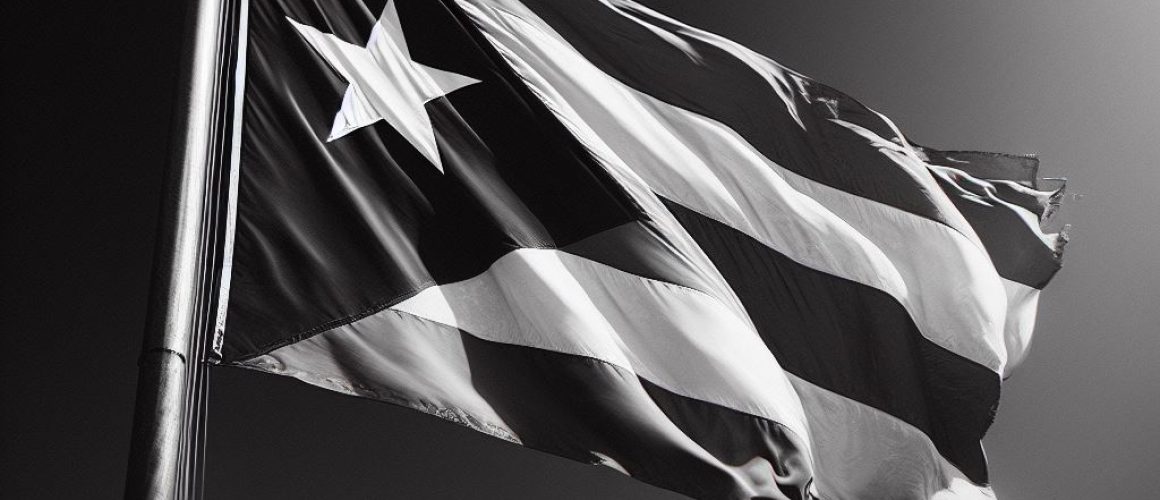The Bold History Behind Puerto Rico’s Black and White Flag
Alongside the iconic red, white, and blue flag, Puerto Rico has another distinctive banner – the black and white flag. Flown alongside the national colors or on its own, this striking flag carries a provocative statement. What is the story behind this bold black and white design?
The black and white Puerto Rican flag emerged in the 1920s as a symbol of the Puerto Rican Nationalist Party. The party was led by Pedro Albizu Campos, who advocated for complete independence from United States rule after Puerto Rico was ceded from Spain.
The black color represents the skin of the Puerto Rican people, while the white cross symbolizes their yearning for sovereignty and freedom. The flag embodies a controversial sentiment – that true Puerto Rican nationhood has been suppressed under ongoing US domination since 1898.
By flying the black and white flag, nationalists expressed their resistance to Americanization and cultural repression. The flag became a sign of Puerto Rican identity and pride. However, US authorities saw its defiant message as a threat.
In 1936, the nationalists marched with the flag at the University of Puerto Rico in Rio Piedras. Police demanded the flag be lowered, then opened fire on the students in the confrontation that followed. Four were killed in the massacre, which inflamed nationalist passions.
In 1950, the nationalists attempted to assassinate US President Harry Truman under a black and white flag. The failed attempt brought more crackdowns on the independence movement. In 1952, the Puerto Rican constitution was passed affirming the island’s status as a US Commonwealth.
Though the fervor of the nationalist movement faded, the black and white flag remains a provocative symbol. Flown by some Puerto Ricans, criticized by others, the history behind this banner should not be forgotten. It represents the tensions of identity and the quest for self-determination that still simmer on the island today.
Whether you view the flag as a defiant emblem or a relic of the past, learning its origins provides insight into Puerto Rico’s complicated political and cultural landscape. Discussing and debating its meaning leads to a deeper understanding of what Puerto Rican nationhood truly signifies.

